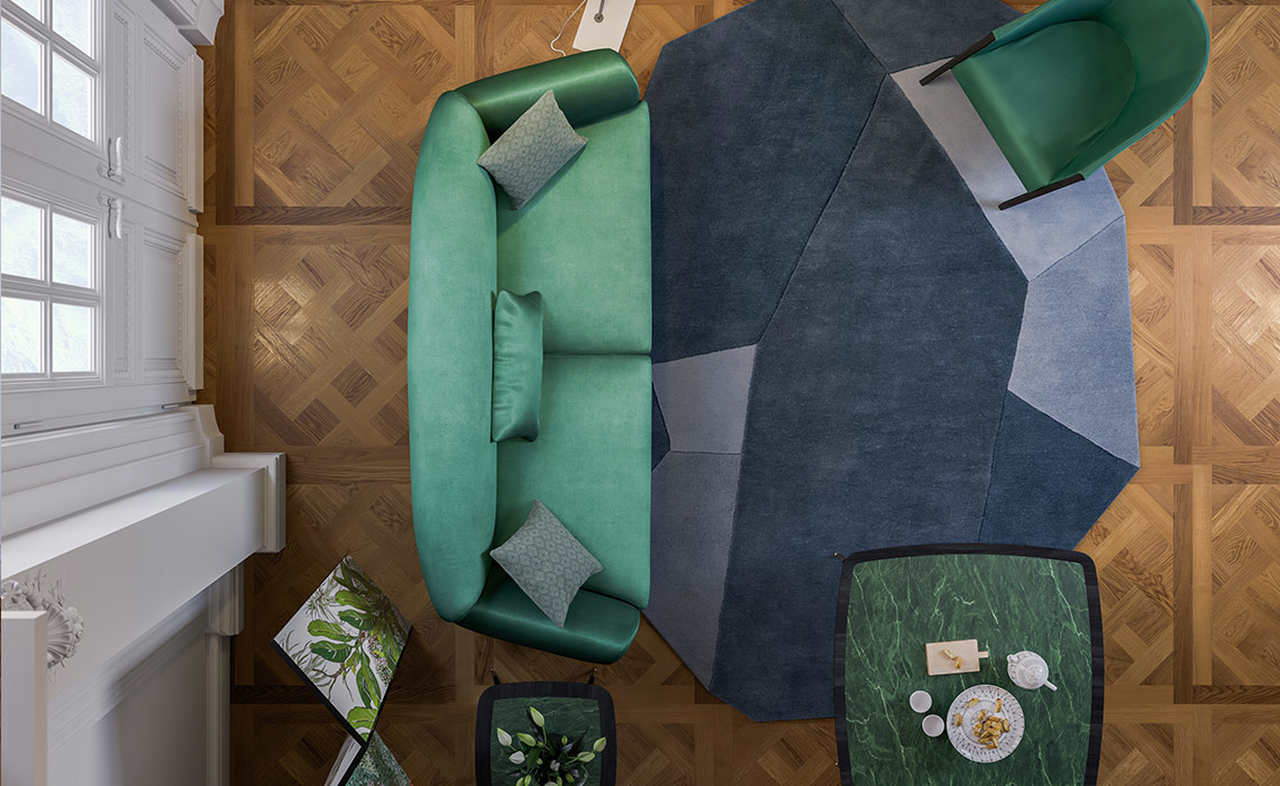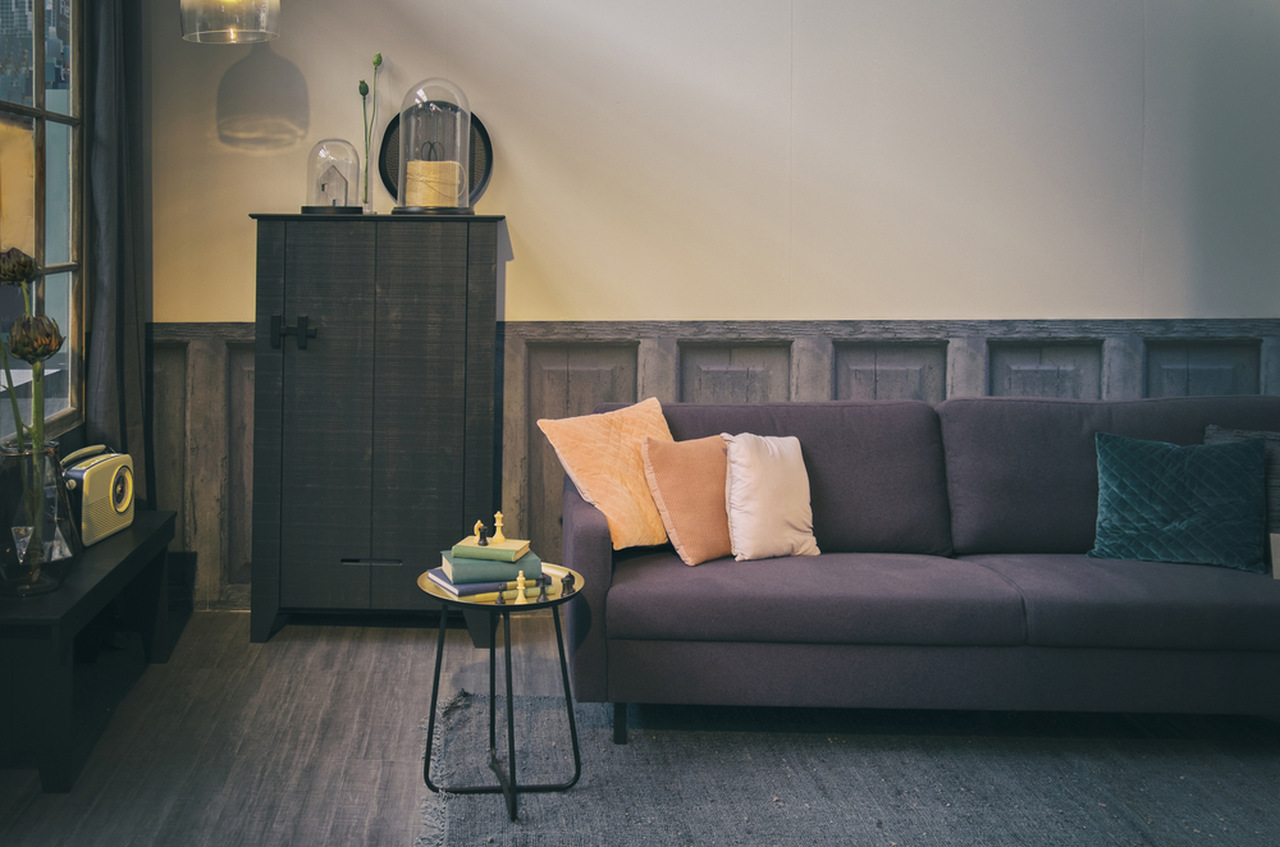Vintage Decoration: Embrace the Timeless Charm
Vintage is a style that garners a lot of interest but can be equally challenging to implement. When aiming to create a vintage decor, it's crucial to include pieces that are genuinely categorized as vintage. You can find these items at antique shops, flea markets, or places specializing in vintage products. It's important to remember that the pieces you purchase can be described as retro, antique, or vintage. Vintage decor is ideal for achieving a relaxed, romantic, and elegant look. There are essential steps and a basic path to follow to create this aesthetic.
Tips for Vintage Decoration
What is Vintage Decoration? How is it Done?
In this content prepared by Loda Furniture, you will find answers to these questions and learn how to redecorate your home!
Start with Colors

If you want to incorporate vintage decor elements into your living spaces, you should first focus on timeless colors. Beige, off-white, sand, or cream are ideal for vintage decor. If you’re tired of these timeless colors, you might consider light pink, pale blue, or lavender. When selecting colors for vintage decor, prioritize calm, noble, and monochromatic supporting colors.
Embrace the Old
One of the essentials for vintage decor is using old pieces and highlighting the vintage interior design. If your existing living space has an architectural design rooted in the past, maintaining that structure is a significant advantage. Additionally, it's important not to shy away from old furniture and to preserve its originality. For those looking to have a vintage decor without creating a heavy atmosphere, trying an eclectic style can be a successful choice. The eclectic decor naturally allows you to blend different styles, enabling you to find balance according to your tastes.
Make the Right Choice

Today, the concept of vintage is often misunderstood and interpreted in various ways. Finding vintage pieces can be challenging because they must be at least 30 years old and at most 60 years old, produced in a specific period, and considered iconic for that time. Careful research is necessary to find such items. Additionally, it's crucial that vintage pieces are made from quality materials, such as wood, stone, marble, and various metals.
Keep It Simple
Vintage decor does not call for extravagance. While many people think using period pieces creates a more eye-catching look, the actual result is often the opposite. Vintage decor allows you to achieve a very simple aesthetic. You can create characterful rooms with this style that prefers elegance, simplicity, and texture.
Features of Vintage Furniture
Vintage furniture has distinctive features. It should be made from natural materials. Fabrics like leather, suede, or velvet, which have their unique textures, should take precedence in these pieces. When purchasing vintage furniture, do not worry if there are scratches or cracks; these imperfections contribute to a more natural appearance. Common characteristics of vintage furniture include carved patterns on wood and bronze or brass fittings.
Features of Vintage Textile Products
When creating a vintage decor, the textiles you use are just as important as the furniture. Vintage curtains typically have a long, thin, and flowing appearance, often finished with belts or clips. The fabric for vintage curtains can be tailored to the interior decor. You can opt for shiny, lightweight, and patterned fabrics according to your taste. Lace details, floral patterns, and elegant embroidery are elements you can find in textile products for vintage decor.
How Did the Vintage Style Emerge?
The vintage decoration style emerged in the 1990s, rooted in using original pieces from the past to reflect the fashion trends of that era. There is no specific arrangement or design suggestion for vintage decor; the key is to capture the charm of the past without falling into a dull appearance.
To distinguish vintage from retro, one must consider the nature of the pieces. Retro involves the reinterpretation and production of pieces that were popular in the past, while vintage relies on using pieces that are at least 30 years old and no more than 60 years old. This style can be combined with various styles, such as country, modern, or Provence.

Examples of Vintage Decoration
In the realm of vintage decoration, used pieces do not evoke an old or outdated appearance. The transition between textures creates successful layers in the living space. In this example, the first vintage pieces that catch the eye are the sideboard, television, and radio, but all other pieces also harmonize with vintage selections.

In a space with lively colors, vintage pieces appear quite energetic. This example dispels the misconception that vintage items are low-energy or old. The colorful console and gramophone successfully complement this style, enhancing the energy of the area. Retro records and sofas used in the decor further elevate the energy and align with the style.

Accessorizing in Vintage Style
Accessories play a crucial role in vintage decoration. Compared to furniture, it’s easier to incorporate vintage accessories. You can achieve a lovely appearance with brass and copper accessories. By combining the rising trend of metal in contemporary decor with vintage metal accessories, you can effectively reflect the vintage style in a modern space. When selecting accessories, consider not only fully vintage pieces but also mixing in a single item from this style. Arranging three vintage items in a triangular formation while placing other style accessories in between can beautifully complete the decor.

Conclusion
If you wish to decorate your living spaces in both modern and vintage styles, be sure to check out Loda Furniture for the highest quality furniture options. You can visit the nearest Loda showroom for modern living room, dining room, bedroom, TV unit, and complementary product groups. Additionally, to inquire about Loda furniture prices, you can add the products you wish to buy to your quote basket and request a price offer.







